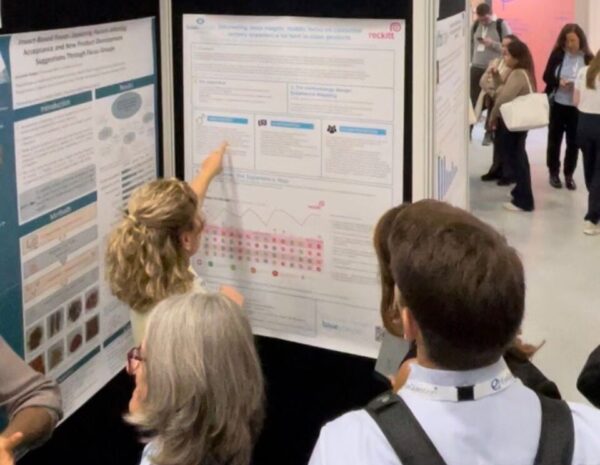
This article was created by Kate Binner, in collaboration with Reckitt, to be displayed at the EuroSense 2024 conference in Dublin.

1: The context
Understanding the holistic journey consumers go on when buying products is crucial as it provides a comprehensive view of their decision-making process. Consumers don’t just evaluate a product based on a single factor like price or taste; they consider a multitude of extrinsic and intrinsic elements, including brand perception, packaging, in-store or online experiences, social influence, and emotional connections and the product sensorial and efficacy.
By understanding this full journey, we can create more effective strategies to meet consumer needs, enhance satisfaction, and build stronger brand loyalty. It allows companies to identify and address potential pain points, tailor marketing messages more precisely, and innovate products that resonate more deeply with consumers. Ultimately, this holistic understanding leads to better product positioning, increased sales, and a more sustainable competitive advantage.
So how did we understand the holistic journey to give our client the edge on the competition…
2: The objective
3: The methodology design: Experience Mapping
A 3-tier approach allowing us to get closer to the moments that matter.
This method is based on the principle that people see things holistically, so we need to understand and design holistically too. We believe that the whole is greater than the sum of the parts.
The session touched on:
The core of the sessions focused on participants helping to ‘build their ideal’ products based upon different stages of the illness journey, taking into account key intrinsic and extrinsic product attributes such as brand, packaging, taste, texture, intensity, ingredients and desired effects.
4: The outcome – The Experience Map
Here we show how using an innovative ‘experience mapping’ approach drawing on multiple methods, meant we could uncover meaningful commercial insights to consolidate customer centricity in the product development and marketing teams.
Experience Mapping: In summary
NB: A detailed review of each touchpoint was provided to support the brand placing on the Experience Map.
If you would like to discuss Experience Mapping further, please contact [email protected], who would be happy to talk through your needs.

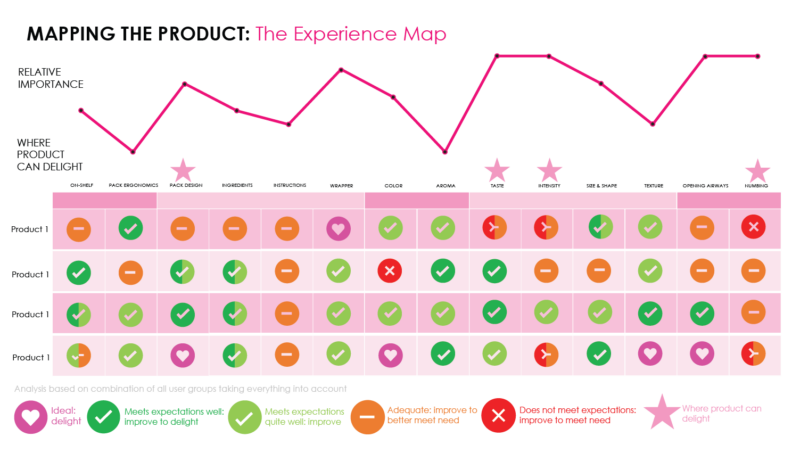
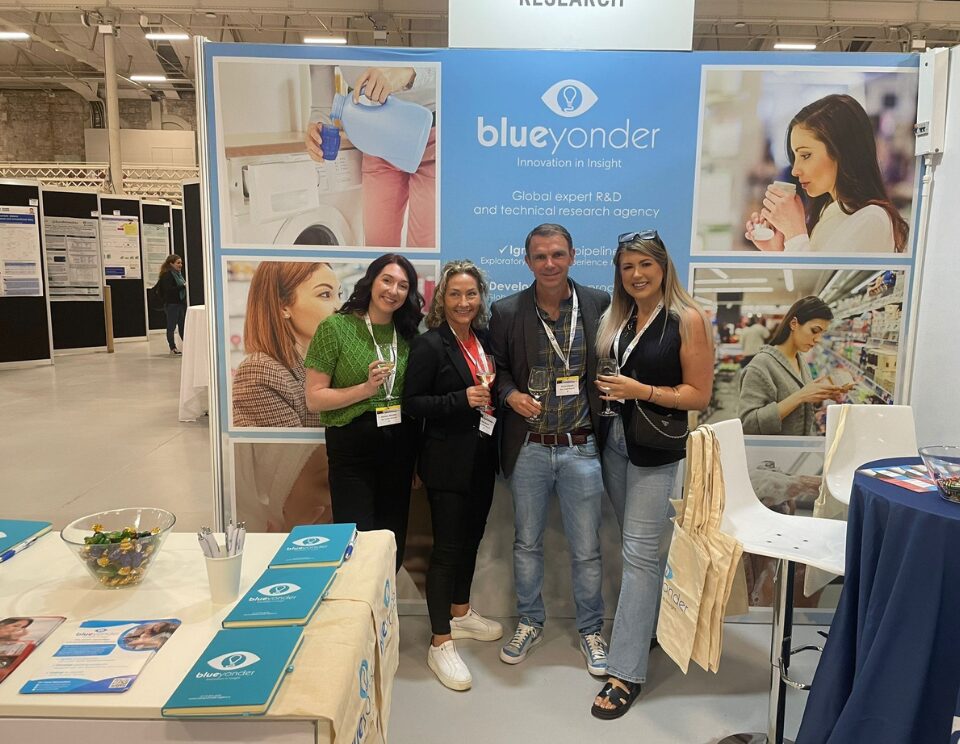
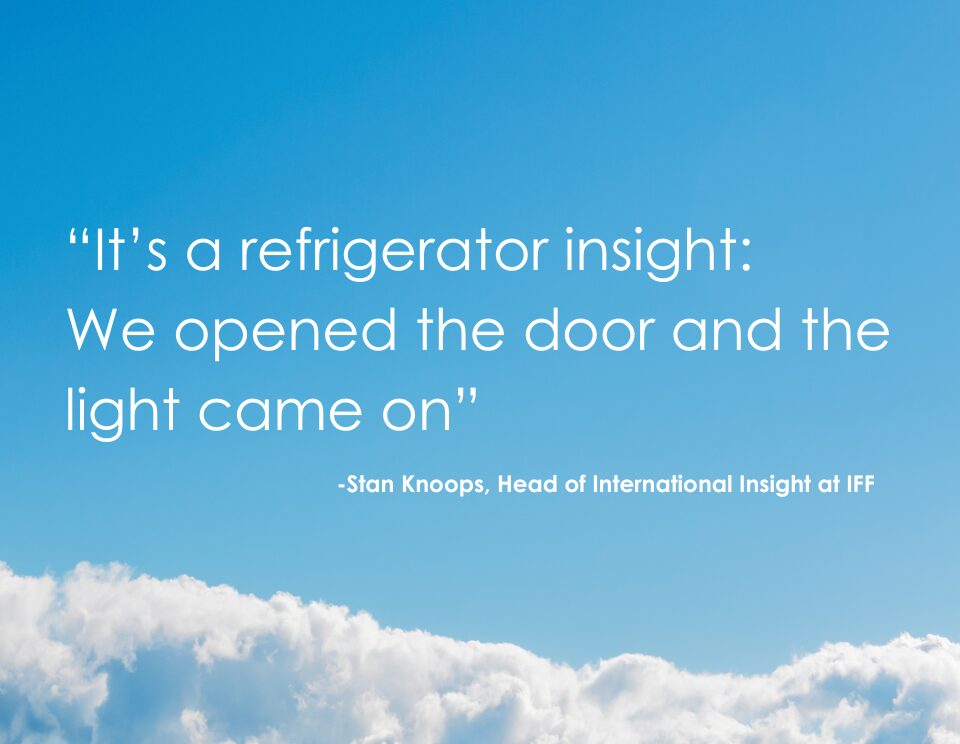
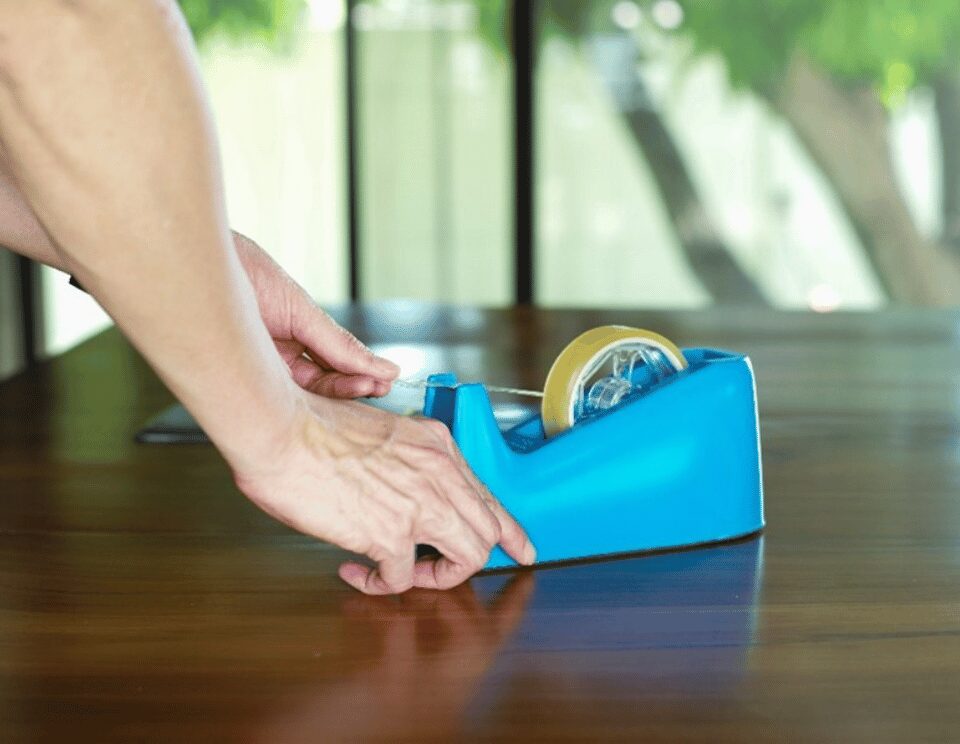
Stay In Touch